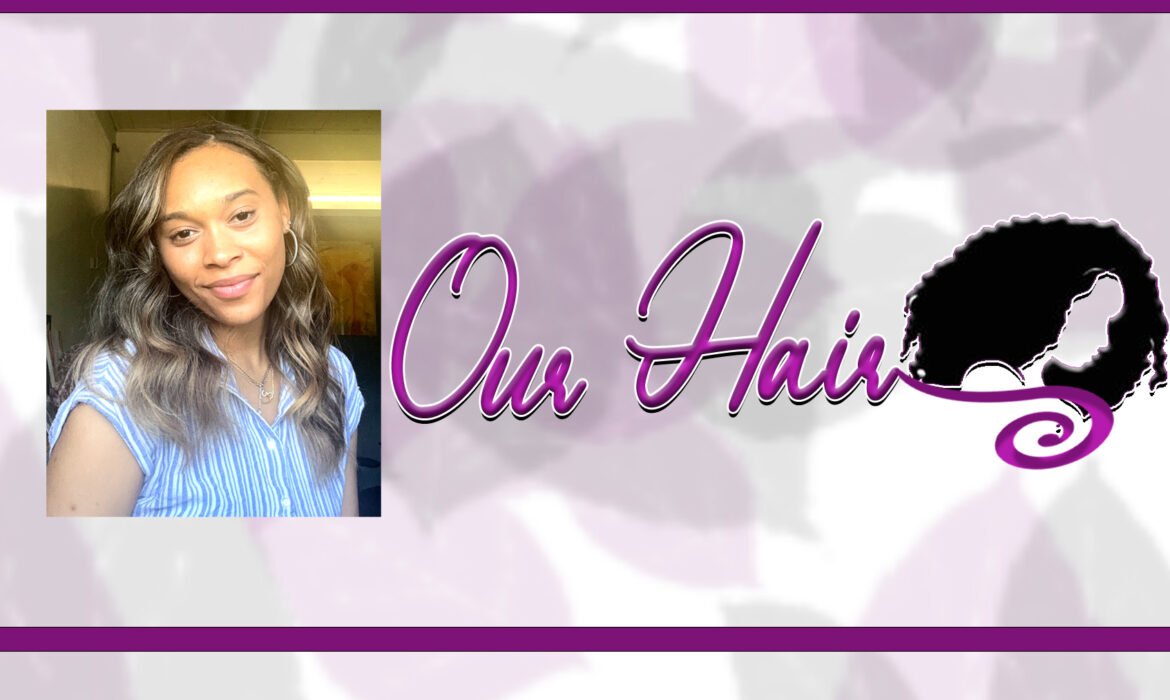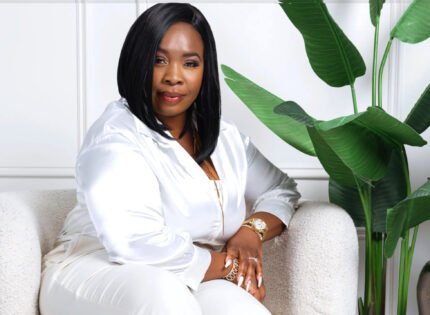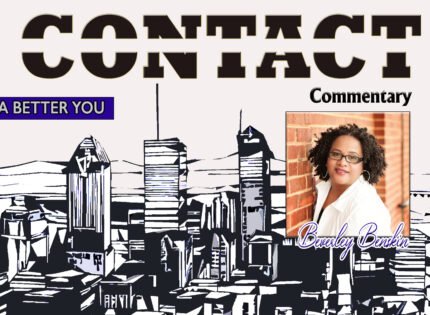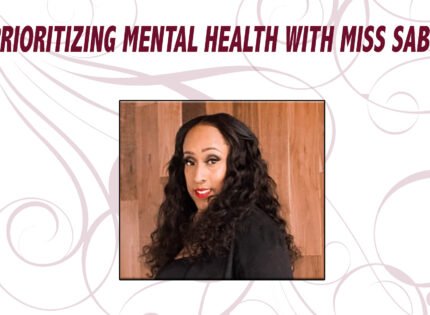Mareshma Best
Do you remember when we all walked around with those big, giant bubbles in our hair, either in braids or twists, because our mothers told us that these styles would help our hair grow by not touching it? For as long as I can remember, my go-to hairstyles have been braids and twists—anything that keeps my hair from being manipulated too much and is easy to maintain. These are the “get up and go” types of hairstyles, and we’ve always been told that they have many benefits.
While this may be true, if they are not properly maintained or installed, they can lead to issues like traction alopecia, scalp problems, and overall damage to our hair.
In this month’s issue, let’s dive deeper into the world of protective styles and debunk some myths and truths about these “go-to styles.” Whether you’re an OG or new to protective styling, understanding the pros and cons can benefit you!
Myth: They help your hair grow!
Although this may be true to some extent, it can be a hit or miss. Everyone’s hair grows about half an inch each month. While we may not always see it, especially in curly hair, it does grow! The main issue we face is shrinkage. The healthier your hair is, the more it shrinks, which can be both a blessing and a curse. Damaged hair tends to shrink less and appears less defined, giving the illusion of more length. Unfortunately, this is not a good thing; your hair texture isn’t magically becoming straight—it’s just damaged.
To promote hair growth and maintain length retention, minimize manipulation of your hair. We’ve all heard someone say, “Make my braids tight.” I understand that we all want our protective styles to last and stay neat. In some people’s minds, tighter means neater. Absolutely not! In fact, the tighter the style, the more prone your hair is to breakage and unwanted scalp issues.
Here are a few tips:
Use a setting foam once you finish and set it with a silk wrap. This way, the style will look fresh for a while. I can’t stress enough how important it is to sleep with a headwrap, bonnet, or on a silk or satin pillowcase. This will reduce friction on your hair and lower the chance of breakage. Finally, make sure your hair is moisturized! Keeping your hair moisturized before starting your protective style is essential for maintaining its health.
Myth: You can skip wash days
This one is a touchy subject, but I’m willing to get into it. As a hairdresser, I absolutely do not agree with skipping wash days at all. Sure, with protective styles, you want them to last as long as possible, but let’s be real. If your regrowth is coming in or your scalp is getting itchy, take that protective style out and wash your hair! Your scalp will love you for it, trust me. Your hair grows from your scalp, and if your scalp isn’t in good health, your new growth won’t be either.
Here are a few tips:
Next time you get a protective style and want to skip wash day, consider these questions: Is my scalp itchy? Can I see my regrowth? Can I see product buildup? If you answer yes to any of these questions, take those braids, faux locs, buns, flat braids—whatever it is—out and wash your hair and scalp. Thank me later.
Myth: Protective styles is the cure to split ends
This is completely false. The only way to cure split ends is to cut them off. I know scissors can be scary, but they are the only tool that will eliminate your split ends. The truth is that split ends will always return. To keep them at bay, you must cut them as soon as you see them. Don’t pull them off with your bare hands—use scissors. No matter how much a product or style claims to get rid of or maintain split ends, it is a lie. It might provide a temporary fix until your next wash, but it won’t cure them or make them disappear.
Here’s a few tips:
Some of you may ask how to tell if you have split ends or need a trim. Here’s a trick: if your hair is long enough, you can see split ends, which look like the hair strand is split into two. If your eyesight isn’t the greatest or you’re in denial, grab a few strands between your fingers and look away. Move your fingers down your hair shaft. If it starts feeling thin, it’s time for a trim; if it feels normal, you’re good! Trim your hair every few months, and you’ll notice a huge difference.
In conclusion, while misinformation about protective styles is common, the key to success is clear: maintain moisture, cleanliness, and regular trims. By following these fundamental practices, your hair will thrive and grow healthily. As you consider your next protective style, remember these myths and truths. If you’ve encountered and debunked any myths of your own, feel free to share them with me via DM—I’d love to hear from you! Until next time, here’s to healthy, flourishing hair!















